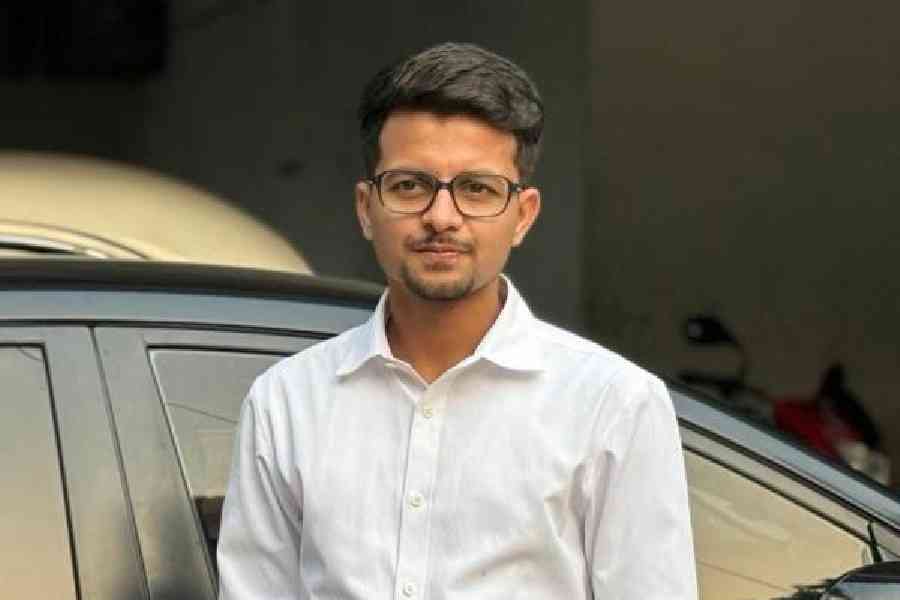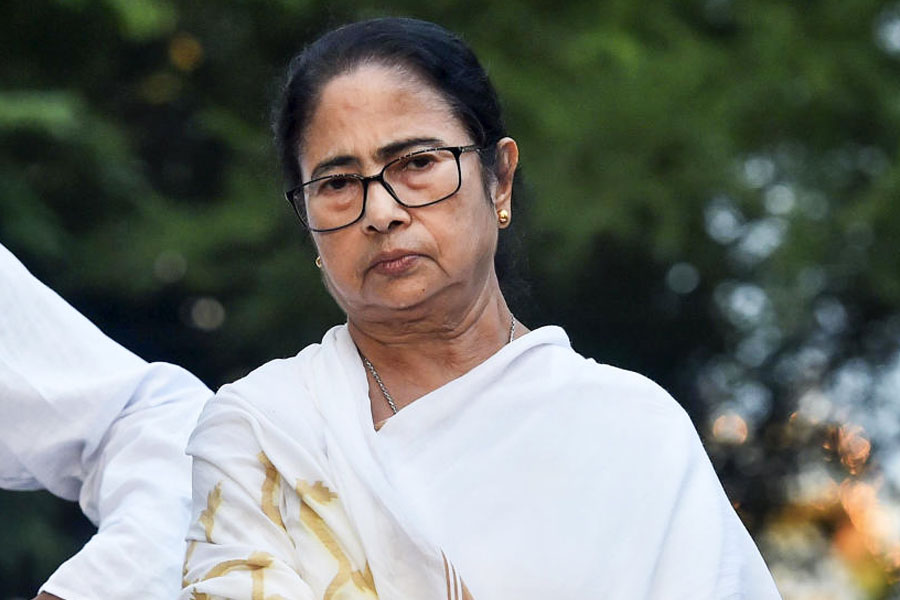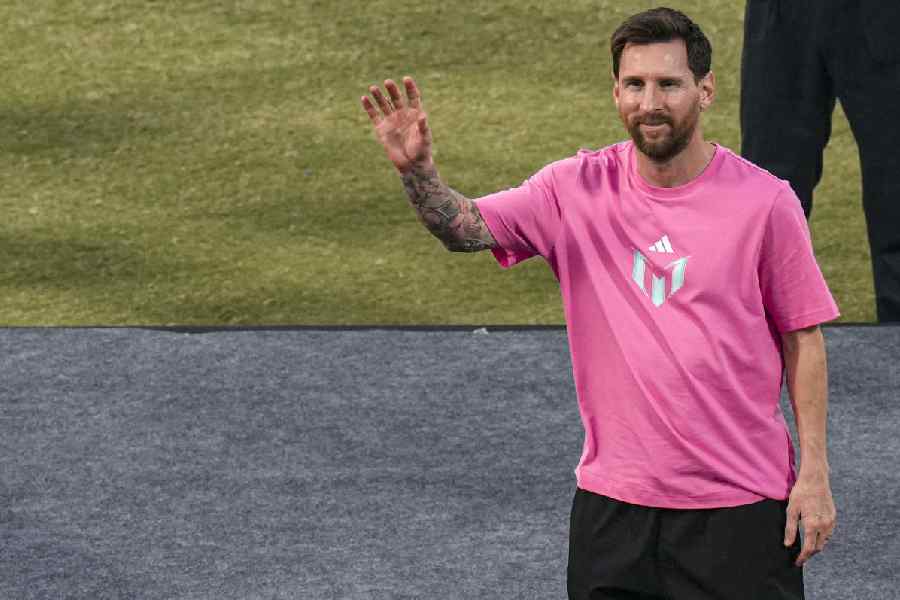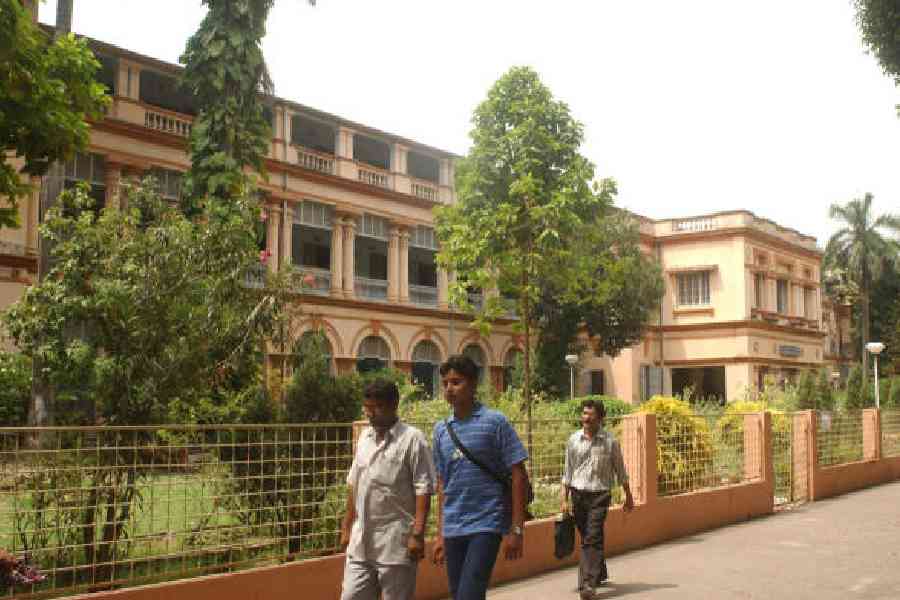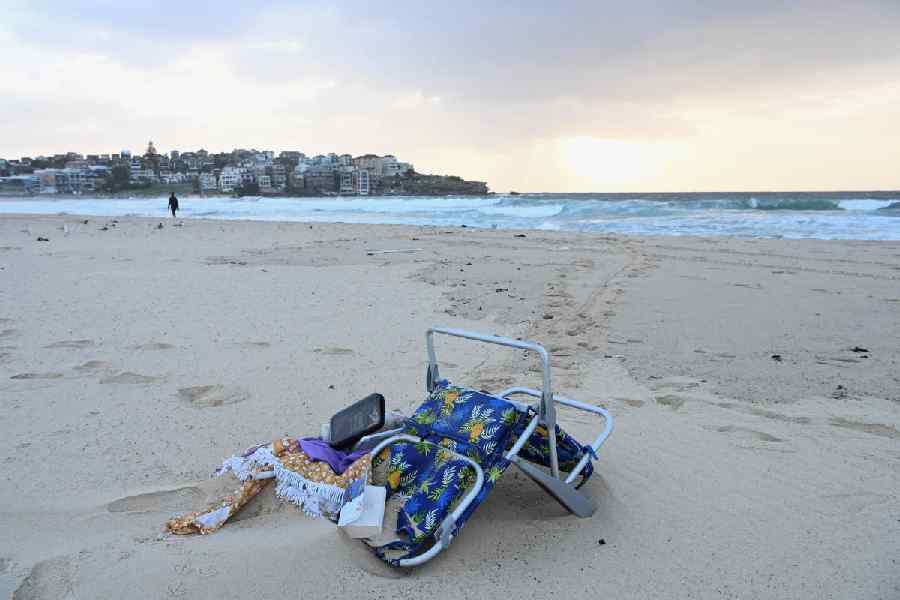Kolkata Police have turned to ‘gait analysis’, a scientific technique that studies how people walk, to verify the presence of the four accused in the June 25 Kasba gang-rape case at South Calcutta Law college.
The technique will be used to ‘match the walking patterns’ of the accused, Monojit Mishra, Pramit Mukherjee, Zaib Ahmed, and Pinaki Banerjee, with those seen in CCTV footage collected from the law college campus, where the gang-rape allegedly took place.
A local court granted permission on Tuesday to conduct the analysis, which began the next day inside the correctional home where the accused are lodged in judicial custody.
According to a senior officer, the process involves “asking the accused to walk at varying speeds while forensic experts capture their gait from multiple angles.”
These recordings are then compared with the CCTV footage from June 25, when the victim, a first-year student, was reportedly dragged to the security guard’s room and sexually assaulted, PTI reported.
“This test focuses on the distinct biomechanics of a person’s gait — including stride length, arm swing, posture and foot angle,” the official said. “The goal is to identify if the individuals caught on CCTV are the same as those in custody. Gait, like a fingerprint, has unique elements for each individual.”
Gait analysis is the forensic examination of a person's walking or running style, which can serve as supporting evidence in cases where direct facial identification through CCTV is not possible.
It evaluates joint movements, limb coordination, and even neurological or muscular patterns, often using motion-capture technology or high-speed video. In legal cases, it's increasingly being accepted as ‘supportive forensic evidence’, particularly in jurisdictions like the UK.
In the Kasba gang-rape, footage recovered from the law college reportedly shows the victim being forcibly taken into the guard’s room, while one of the accused was later seen at a local pharmacy purchasing an inhaler, allegedly after the woman fell unconscious.
The gait test can help strengthen the timeline and establish the exact roles of the accused.
Investigators have also received forensic reports from the mobile phones seized from the accused, which are suspected to have been used to record the assault.
Telecom service providers have submitted detailed call data records (CDRs) which may further corroborate the movements and interactions between the suspects on the day of the incident.
Monojit Mishra, a former student of the law college and the alleged main accused, was produced in Alipore court earlier this week.
Police also obtained his arrest in connection with two older cases registered in 2023 and 2024, though he was granted bail in those.

